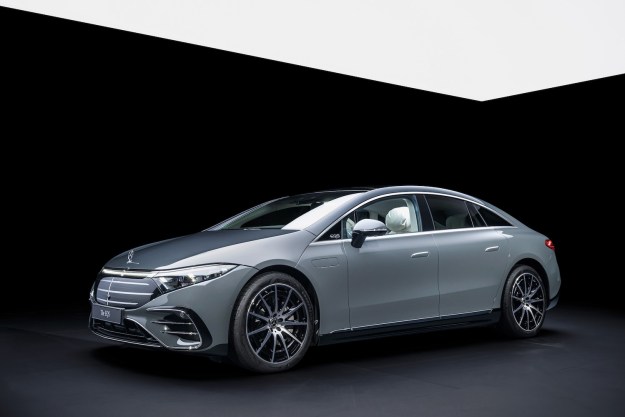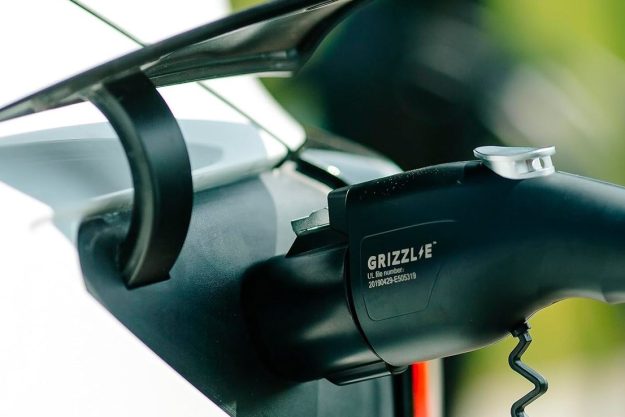Bike and scootersharing outfit Lime is making plans to add cars to its range of transportation options.
The San Francisco-based startup confirmed its move into carsharing in a recent statement, though it declined to reveal the launch city. Media reports, however, claim Lime has applied for a car-sharing permit in Seattle, Washington.
“The company is officially making a move into car sharing,” Lime said in its statement. “You can expect electric vehicles to be an additional micro-mobility option for Lime riders to choose from within the Lime app soon.”
The firm said that more details on timing, vehicle specifications, and location for the first rollout will be announced “in the coming weeks.”
It’s believed that Lime’s Seattle operation will use 500 small electric cars that people will be able to pick up and drop off at multiple locations throughout the city — in a similar way to how its bike and scootersharing schemes work.
Lime is already running a bikesharing scheme in Seattle, though city officials have so far prevented scooter-based schemes from operating there.
Carsharing offers fast rentals via a smartphone app and in many cases is more convenient than dealing with a traditional car-hire firm, which requires a visit to a specific office and the completion of paperwork before you can jump in the driving seat.
It can be a great option for city folks who occasionally need a car for a short ride, with most of the costs associated with car ownership all taken care of. The rental price can, however, quickly increase if you keep the car for a long period of time, and it can be annoying if a vehicle isn’t available when you need one.
Popular carsharing services currently include Zipcar, Car2go, and General Motors’ Maven, while many traditional car-hire firms have also diversified to offer similar schemes.
How it works
Lime has not yet revealed how its own scheme will work, but it will probably be along the lines of Car2go’s offering that recently launched in Chicago. Car2go requires drivers to first download its Android or iOS app and then pay the one-time $5 sign-up fee.
After that, the app helps you locate the nearest available car, which you can then reserve. To gain access to the vehicle, you simply enter the provided PIN and you’re good to go.
Rental costs 29 or 39 cents a minute depending on the size of the car, though efficiently priced “package” rates can be purchased if you’re going to need the car for longer than 30 minutes.
Fuel, parking, insurance, and maintenance costs are all included in the price, and there are no monthly or annual fees to worry about.
For Car2go’s Chicago scheme, trips must begin and end within its operating area, though you can drive up to 200 miles beyond it. Rental can’t exceed 24 hours unless a package for a longer period of time has been selected.
Thinking about giving up your car to go all in on carsharing? Digital Trends recently tried just that, and you can read all about the experience here.
Editors' Recommendations
- Lime makes it even easier to ride one of its electric scooters
- Apple buys Drive.ai and shifts its autonomous car plans into high gear


